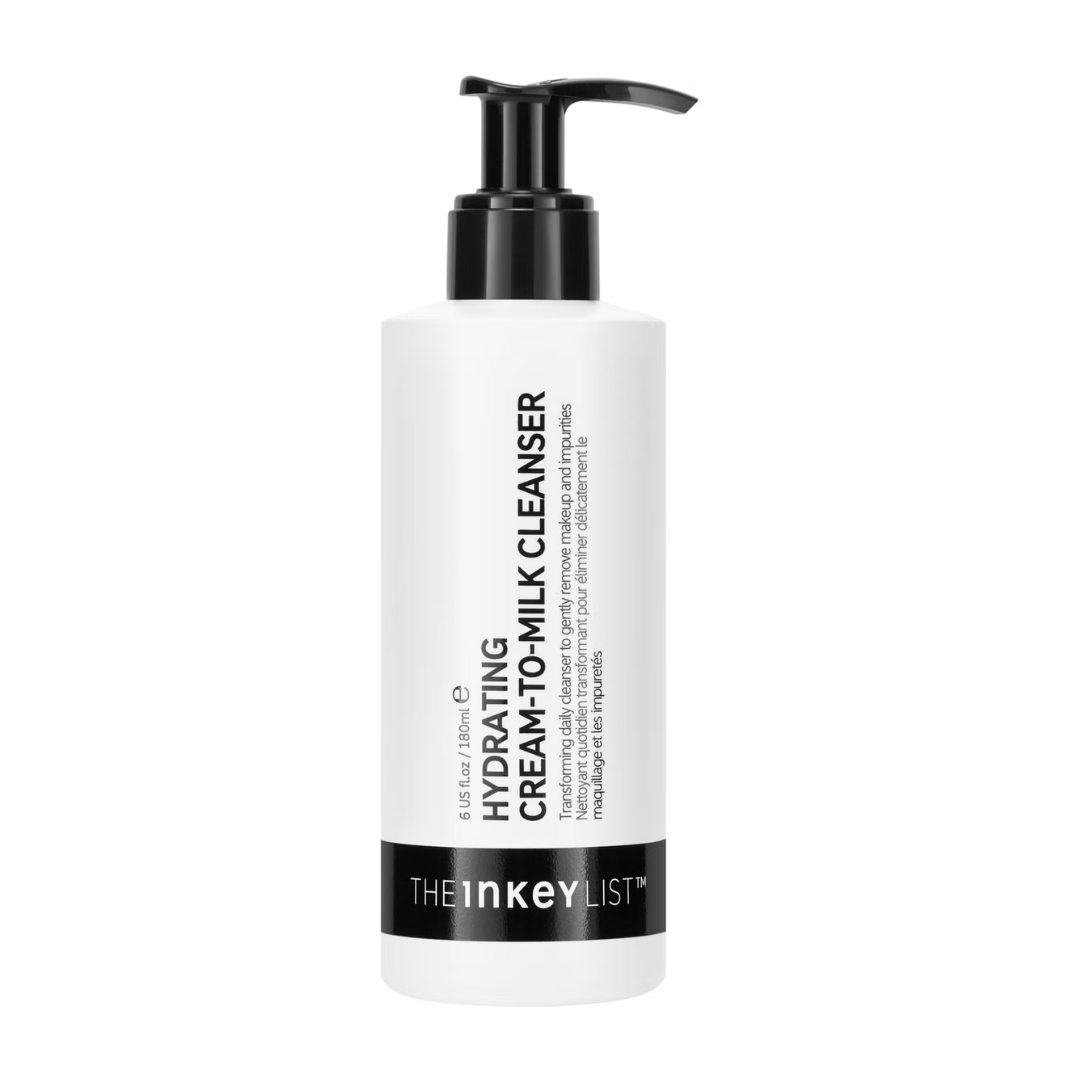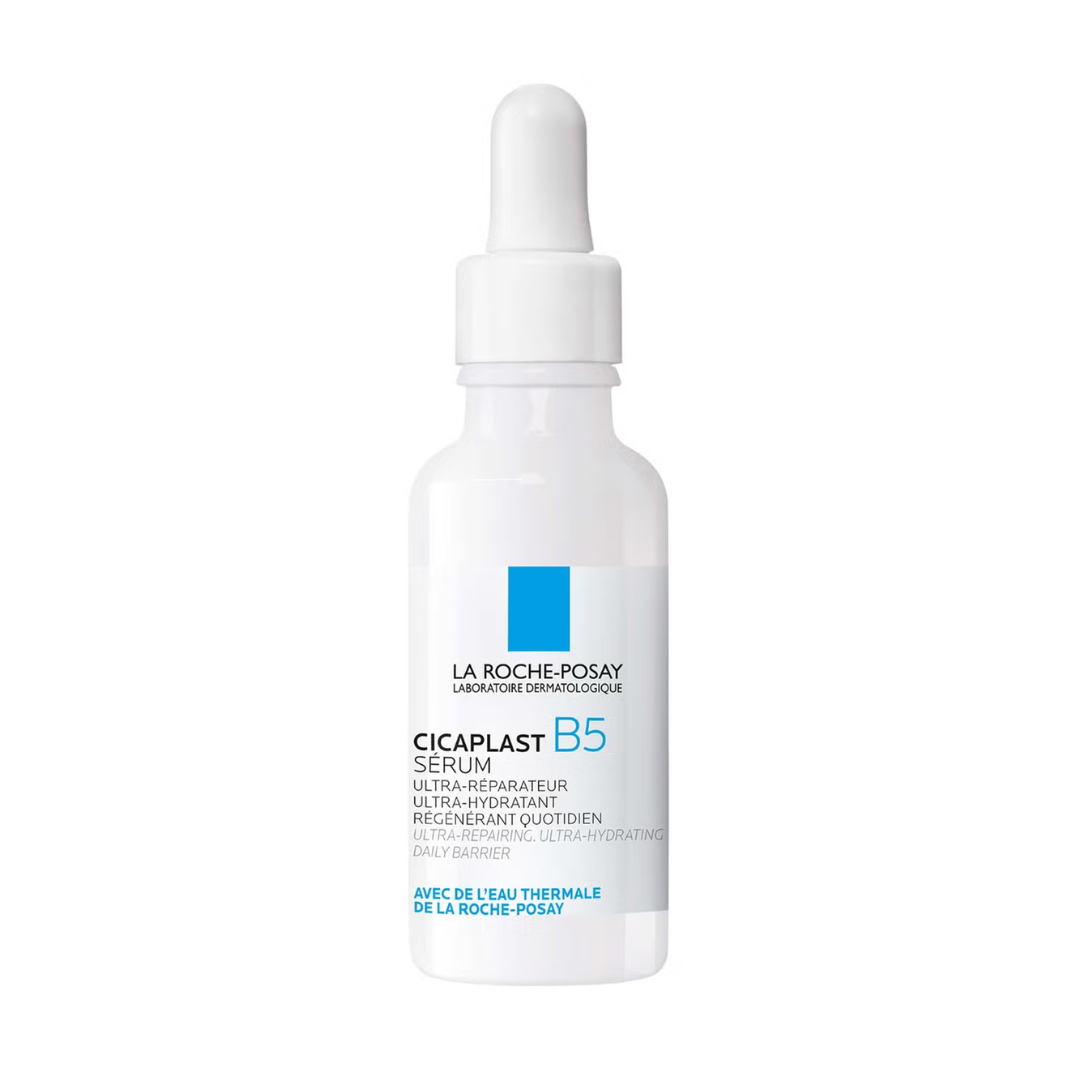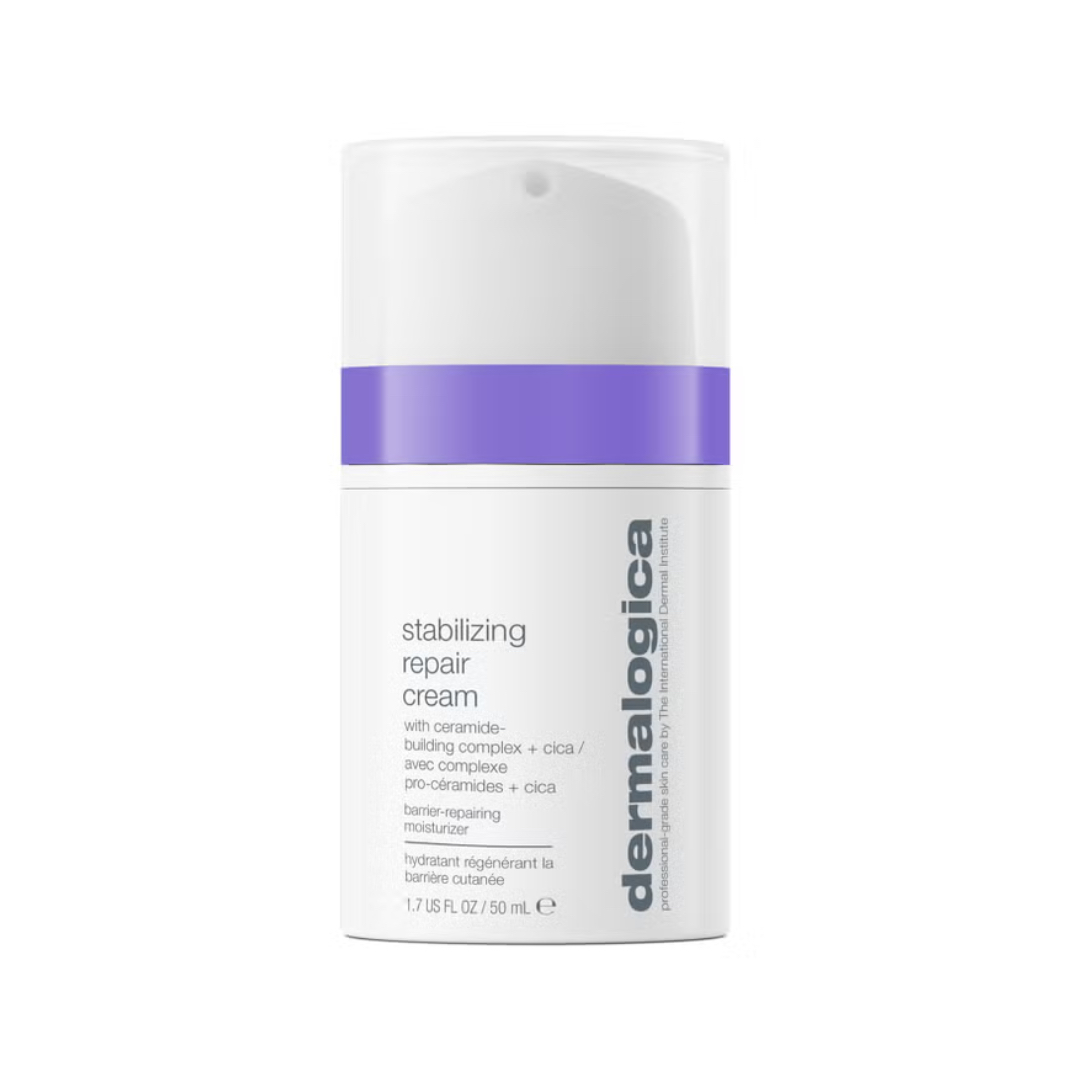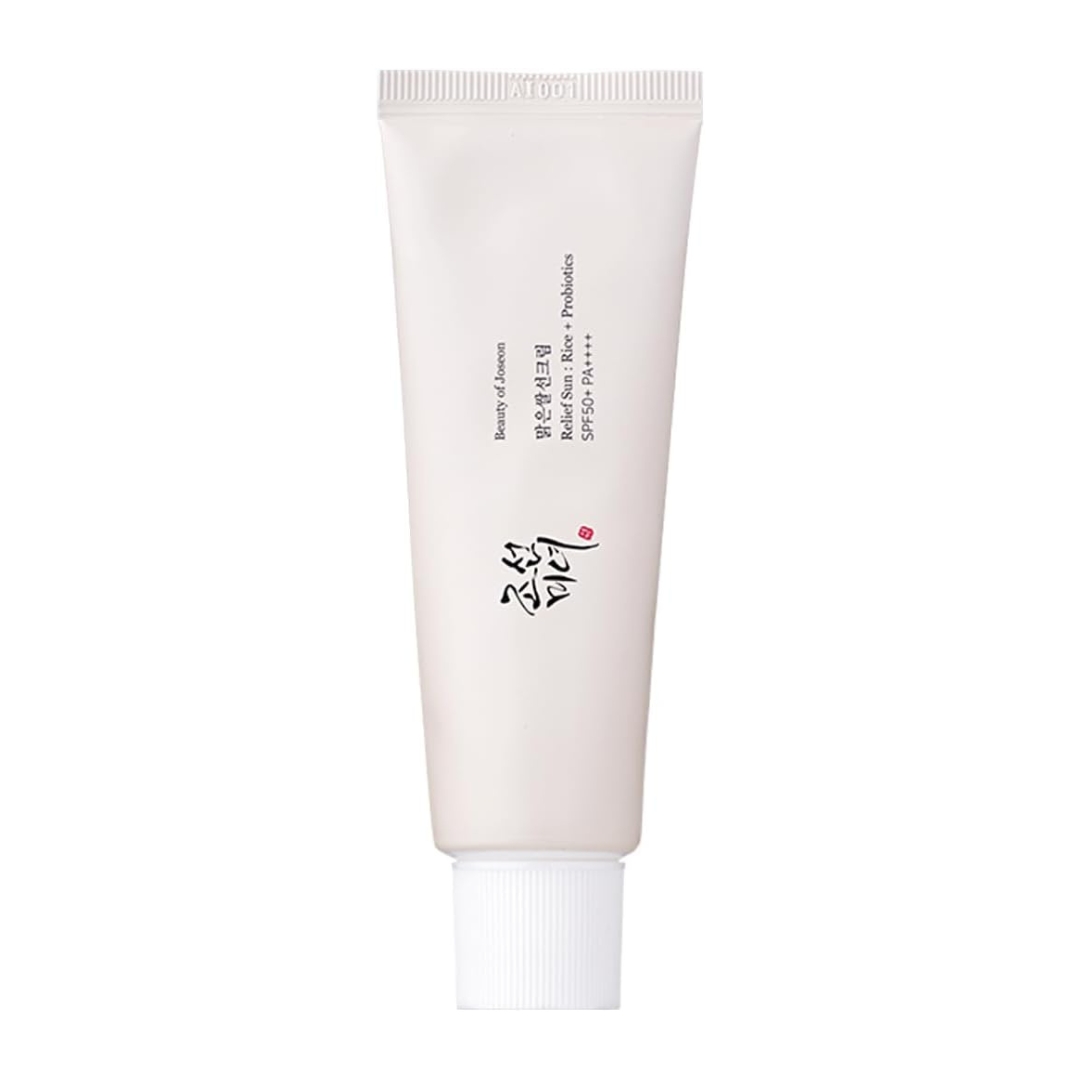Can ‘skin fasting’ fix a broken skin barrier? I gave up skincare for 24 hours to find out
Irritated skin? It could be time to strip back completely

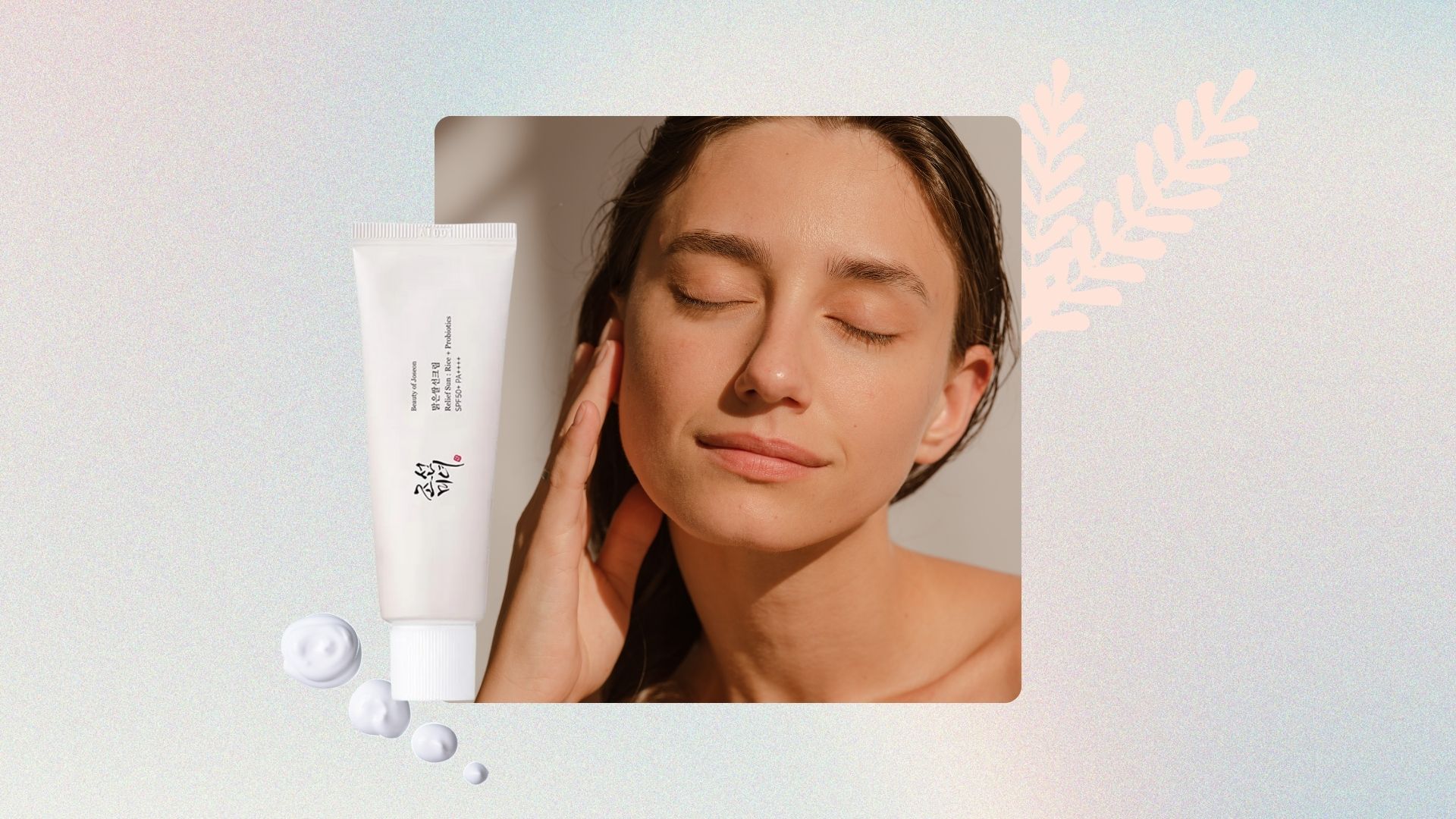
After years of using retinol that was far too strong for me, my skin barrier has been well and truly out of whack for the past 12 months.
I’ve tried everything to target the dryness and breakouts I’ve been experiencing – from the best facial moisturisers to prescription retinol to 20% azelaic acid – but perhaps what I really needed to do all along was pull back completely.
Enter: skin fasting, a technique that prioritises simplicity and a less-is-more approach to skincare. The most extreme version of skin fasting is not using any skincare for 24 hours in order to heal irritation. But does stripping things back so completely cause more harm than good?
To find out, I gave the technique a go myself and spoke to trusted experts to gauge their opinion on this approach. Here, I've shared the truth about whether you should be buying into the skin fasting hype.
What is skin fasting? Skin experts explain all
As a practice, skin fasting essentially involves stripping back skincare in order to let the skin 'do its thing' and fix itself naturally. Motivations could include a damaged skin barrier, whereby the skin has become more prone to dryness, acne, and redness as a result of overusing harsh active ingredients.
“It’s a minimalistic skincare trend built on the idea of giving your skin a break from active ingredients and heavy routines,” says Dr Mehri Pourkand, aesthetic doctor and founder of Dr Mehri Aesthetics. “It’s essentially the skincare version of an elimination diet – a way to strip back your products temporarily and allow your skin to reset.”
There are several ways to skin fast, with the more radical gaining traction on platforms like TikTok. “The most extreme form is not applying anything at all, not even cleanser or moisturiser for 24 hours or more,” says Dr Pourkand.
Sign up to our free daily email for the latest royal and entertainment news, interesting opinion, expert advice on styling and beauty trends, and no-nonsense guides to the health and wellness questions you want answered.
Less drastic measures include taking a break from actives, such as retinol, AHAs and vitamin C, and concentrating on nourishing, barrier-building formulations and ingredients within a simpler routine that has far fewer steps.
Skin fasting should ideally only take place over a short amount of time – for more extreme iterations, up to 24 hours, while more measured approaches should usually only be a matter of weeks. “It’s important to know that the goal isn’t necessarily to do nothing forever, but to strip things back, reduce inflammation, and better understand what your skin needs,” notes Dr Pourkand.
What happened when I tried skin fasting
As mentioned, I’ve been going through a period of dryness and acne, largely down to a broken skin barrier. My usual go-to actives (adapalene, a prescription retinol, and azelaic acid) could only temporarily keep my breakouts at bay, so I figured I was a prime candidate for a quick skin fast.
I went in all guns blazing and did not reach for a single product for 24 hours. This, I realised very quickly, was a mistake. Without cleansing my face, my skin became overly oily, and I could feel my spots thriving in this environment. Going without any kind of moisturiser (let alone the best facial sunscreen) also made my face feel tight and flaky. I needed nourishment, and desperately.
So I decided to take a step back in a different way and remove the retinol, chemical exfoliants, vitamin C, and azelaic acid products from my routine for a week. My goal was to maintain a super simple routine that consisted of just four steps: cleanser (a double cleanse in the evening), a nourishing serum, a barrier-building moisturiser and in the morning, SPF.
Reducing active ingredients certainly allowed my skin to go through a healing phase, I noticed. While initially I felt my breakouts were stubbornly staying put, within a few days, everything seemed to be a little calmer and less angry.
My acne didn’t go away, but my skin felt less dry, more bouncy, and generally healthier for the break. My redness decreased, and my skin lost that super dry, tight feeling, replaced instead with one of nourishment.
My skin fasting skincare routine
Do experts think skin fasting is a good idea?
So, should you try a skin fast like I did? According to the experts, it depends. As I found, taking a more extreme approach (forgoing anything) can cause more harm than good.
“Skipping everything altogether – especially for more than 24 hours – can backfire, especially if you’re dealing with a compromised barrier,” says Dr Pourkand.
Candice Gardner, UK & IE education manager at Dermalogica, a brand that has championed skin fasting techniques, agrees that while there are benefits in total skin fasting, “eczema and irritated skin usually needs barrier support, including hydration, ceramides and other essential lipids to stabilise it and reduce the irritation.” In other words, doing nothing at all is usually not the answer.
That said, there are benefits to taking a break in varying degrees. “For certain people, pulling back on your routine can be helpful, especially if your skin barrier is compromised from overuse of potent actives like retinol, AHAs or benzoyl peroxide," explains Dr Pourkand. "Skin fasting can help reduce further irritation by eliminating potential triggers and allowing your skin to rebalance.
A happy medium is usually the answer: “Instead of going cold turkey, most experts would recommend a pared-back barrier-repair routine rather than total product withdrawal, continues Pourkand.
"That means skipping active ingredients like retinol, exfoliants, and acids for a week or two, and instead focusing on a very gentle cleanser, a hydrating serum or essence, and a fragrance-free moisturiser. It’s more about creating a calm, supportive environment for your skin rather than depriving it entirely.”
If your skin is experiencing more irritation, redness, dryness, and breakouts than usual and actives aren’t doing the trick, you may be the perfect candidate for a measured skin fast, like the one Dr Pourkand laid out. Ingredients to focus on within your simplified routine include ceramide, panthenol, niacinamide and colloidal oatmeal.
If you’re unsure, however, always consult a dermatologist for personalised advice about whether this is the correct approach for you.
Rebecca (best known as Becky) is a freelance beauty editor and features writer with a decade worth of experience in the industry. She started her career at Glamour UK and has since worked in roles at titles and brands such as Eliza, Bustle and Space NK. She has written for British, US and Australian publications, from Marie Claire and Refinery29 to Stylist and The Coveteur.
She is a keen traveller and often works on the road, covering everything from beauty and fashion to sex, love and dating. Her favourite pieces to write are first person features born from her experiences in the world. She is proudly queer, feminist and pro-choice, and advocates for mental health issues and women's rights. You can check out her work at her portfolio and on her Instagram.
You must confirm your public display name before commenting
Please logout and then login again, you will then be prompted to enter your display name.
